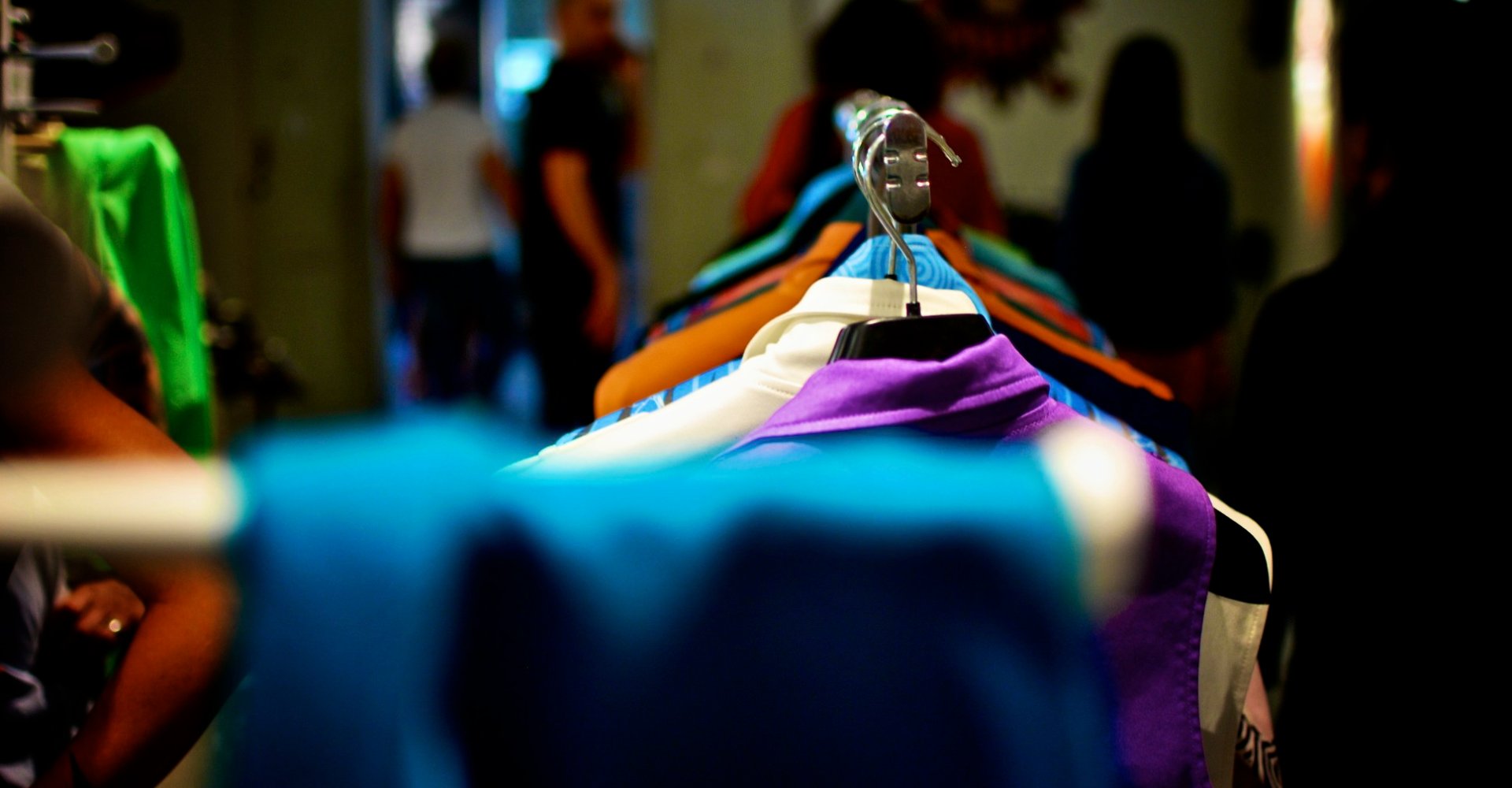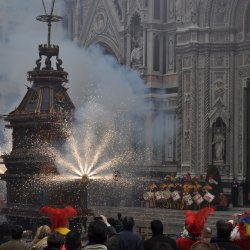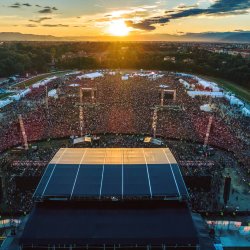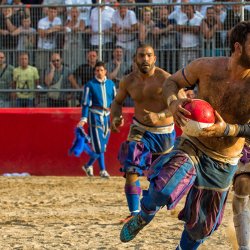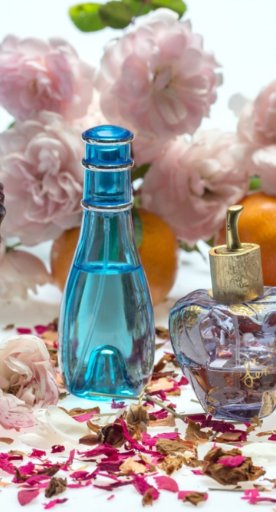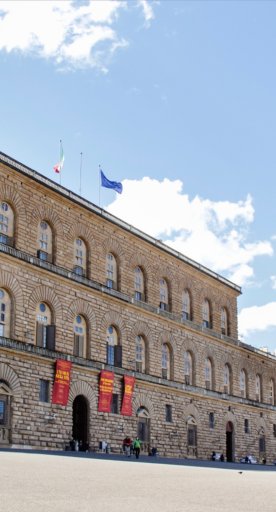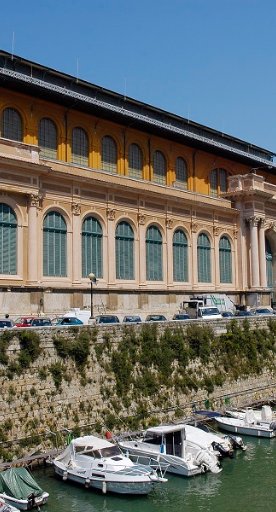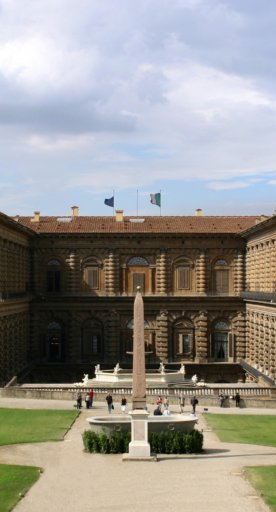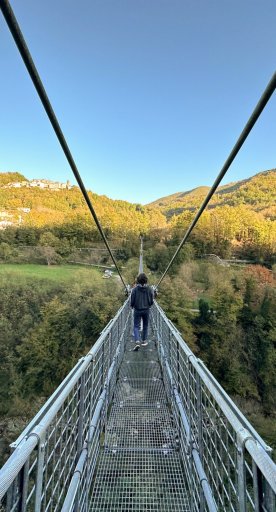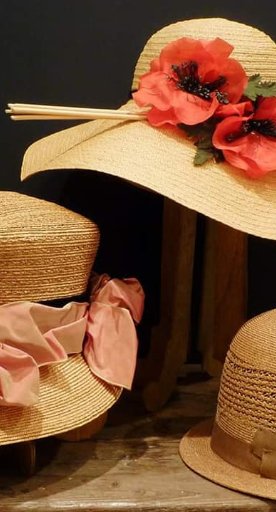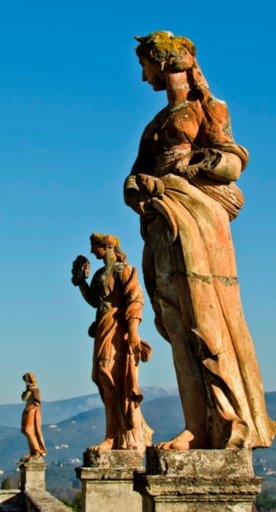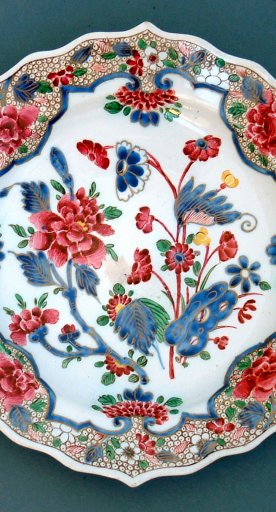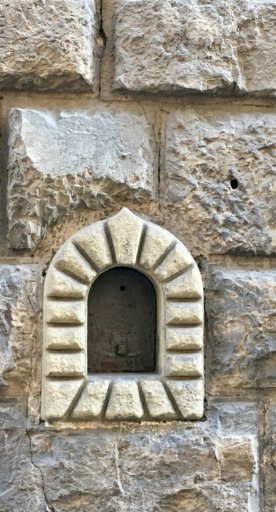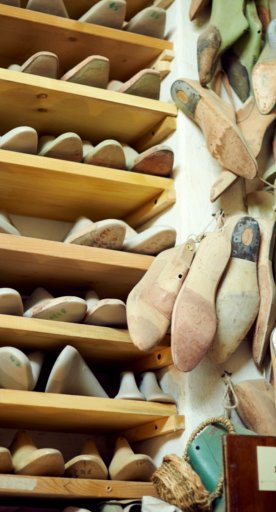Florence: shopping and fashion
Crafts, stores, fashion and events: a guide to the glamorous side of the city
Among the passions that lead people to visit Florence are also those for fashion and crafts, an extension of the love for art, culture and beauty that have always characterized the city.
Indeed, Florence has a long tradition when it comes to fashion and can be considered one of the most active cities in the sector in Italy and the world, with an important fashion industry. It can even be said that Italian haute couture was born right here, on the occasion of the fashion show organized on 12 February 1951 by the entrepreneur and fashion pioneer Giovanni Battista Giorgini at Villa Torrigiani (later repeated in the Sala Bianca of Palazzo Pitti – Pitti Palace); the many international journalists and buyers present discovered on that occasion the elegance of Made in Italy, whose notoriety until then had been limited to national borders.
Important fashion designers are based in Florence, where events dedicated to the world of fashion are also regularly held: fairs, exhibitions, fashion shows and conferences.
Rounding off the city's offerings are a series of dedicated museums, "shopping streets," and the many artisan workshops appreciated worldwide.
-
1.Boutiques and workshops
-
2.Museums and fashion
-
3.Fashion events
Boutiques and workshops
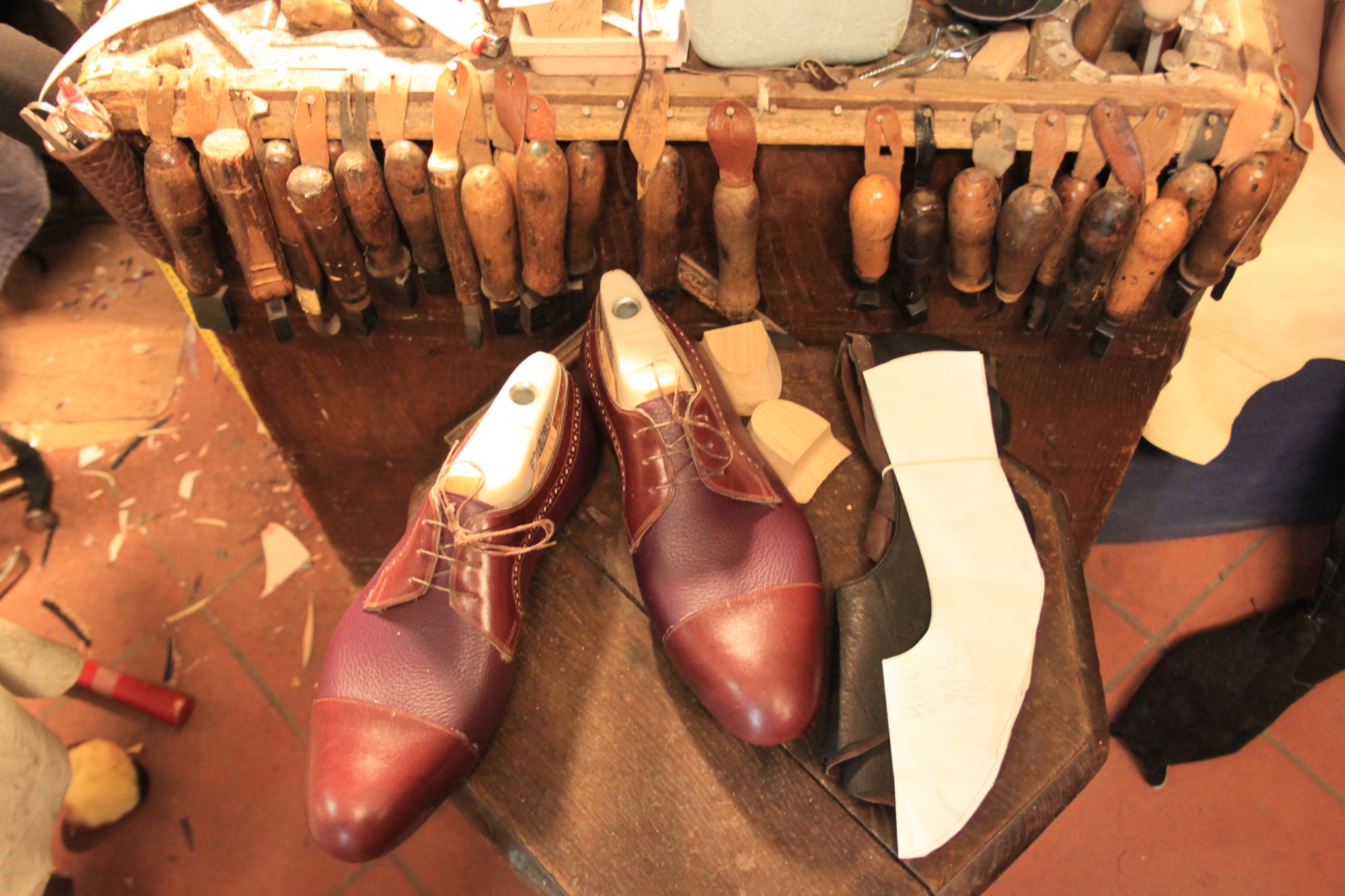
The boutiques, with flagship stores of the leading Italian and international designers (Gucci, Prada, Louis Vuitton, Valentino, Bottega Veneta...) are concentrated along Via de' Tornabuoni, Via della Vigna Nuova, Piazza Strozzi, Via Roma and the neighboring streets. In general, the entire historic town center of Florence is a shopper's paradise, thanks in part to the almost total pedestrianization of its streets, starting with Via dei Calzaiuoli.
Craft workshops are also distributed throughout the town center, in the main streets and side alleys, on both sides of the river... and even above, with the glittering windows of the workshops of goldsmiths lined up on Ponte Vecchio.
The areas of Piazza Santa Croce, Borgo dei Greci and San Lorenzo are where the stores and stalls of leather goods, one of the manufacturing sectors for which Tuscany is known worldwide, are concentrated.
Lovers of antiques can safely head to Borgo Ognissanti, Via de' Fossi and Via Maggio; the latter is in Oltrarno, the area "across the river" that is also the realm of small artisan workshops where you can buy traditional items but also new creations by young artists.
Museums and fashion
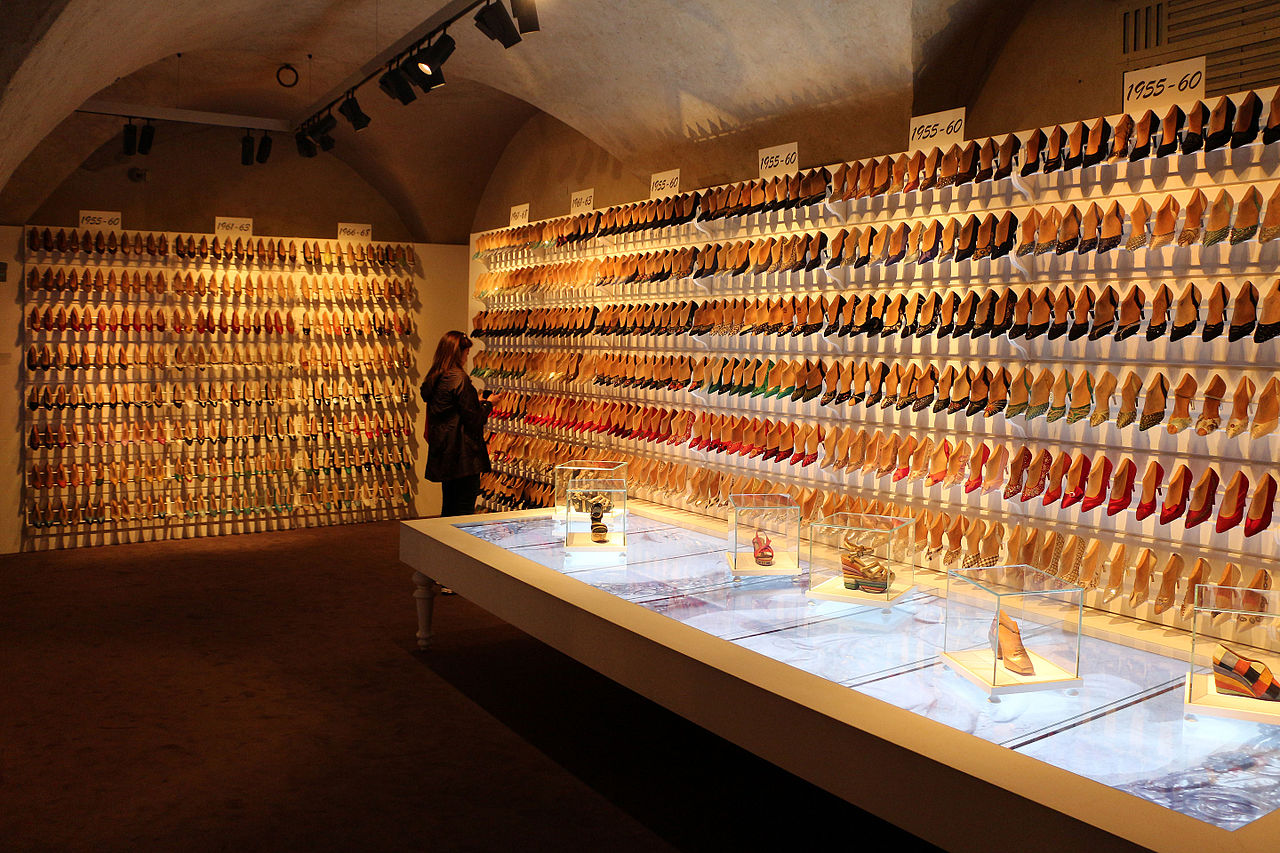
In Tuscany we talk about the history of fashion and Italian style even in museums.
And Florence naturally contributes to this tale!
The Museum of Fashion and Costume, housed inside Palazzo Pitti, is dedicated to the history of Italian fashion, with splendid collections of costumes and accessories from the 18th century to the present day.
Palazzo della Mercanzia, in Piazza Signoria, is home to the Gucci Museum, an exhibition space of nearly 2.000 square meters where the history of the Florentine fashion house is traced through its most famous and iconic creations. Another splendid Florentine building, Palazzo Spini Ferroni, houses another important corporate museum: the Salvatore Ferragamo Museum, dedicated to the history of the shoemaker-designer and the fashion house he founded.
Fashion events
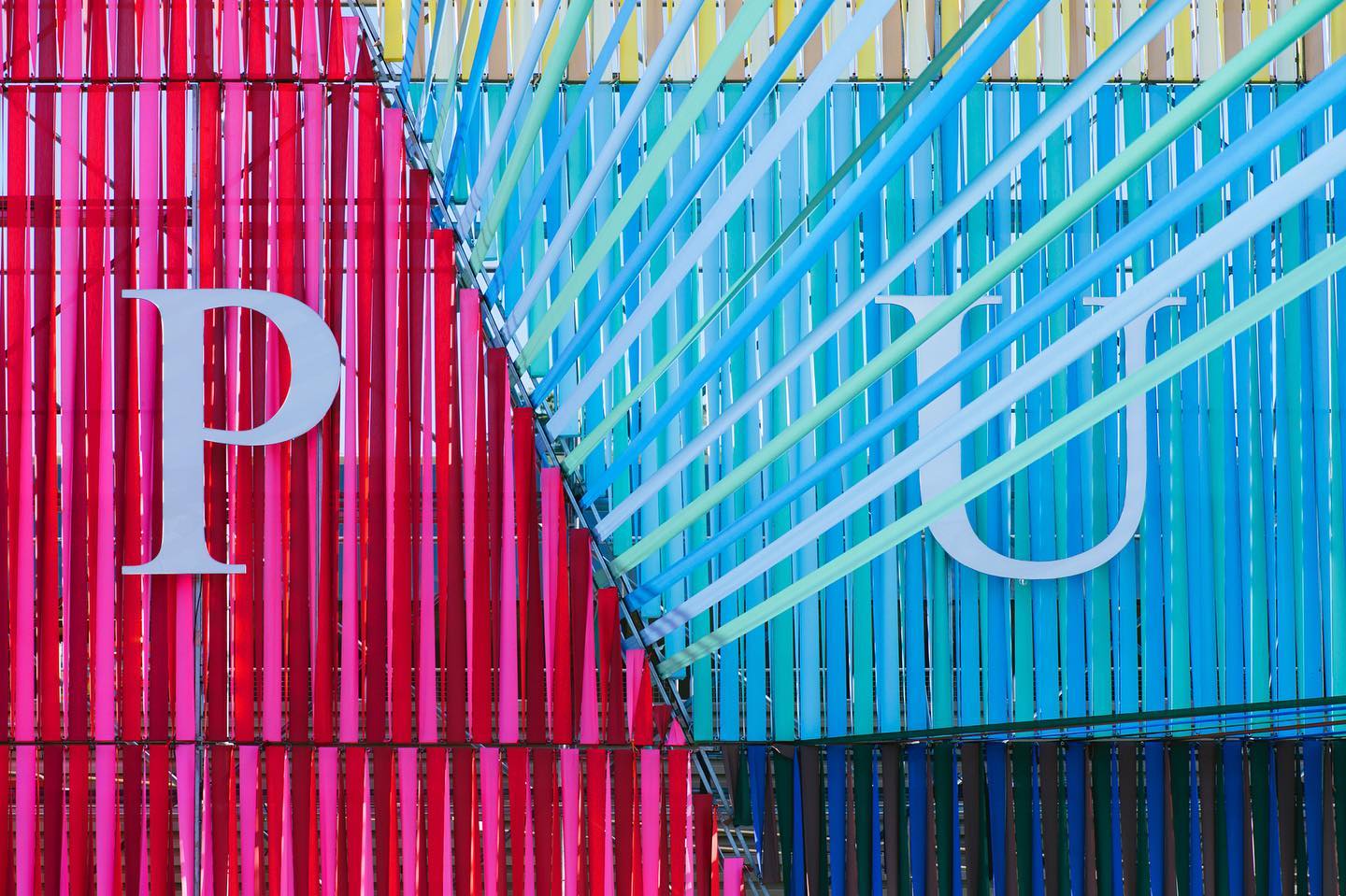
Twice a year, in January and June, Florence hosts Pitti Immagine Uomo, an important event dedicated to men's fashion whose origin (1954) is linked to Giovanni Battista Giorgini mentioned above and the first fashion shows of the 1950s. Alongside Pitti Uomo the event Pitti Immagine Bimbo, Pitti Immagine Filati and Fragranze is held in September at the Stazione Leopolda, dedicated to the world of perfumes. The main venue for the other events is the Fortezza da Basso, but at each edition of Pitti Uomo fashion spreads throughout the city, with fashion shows, galas, special events and exclusive parties in stores, palaces and Florentine locations that are different each time.
The Stazione Leopolda also hosts the highlight for lovers of vintage fashion and design: the annual Vintage Selection event.
